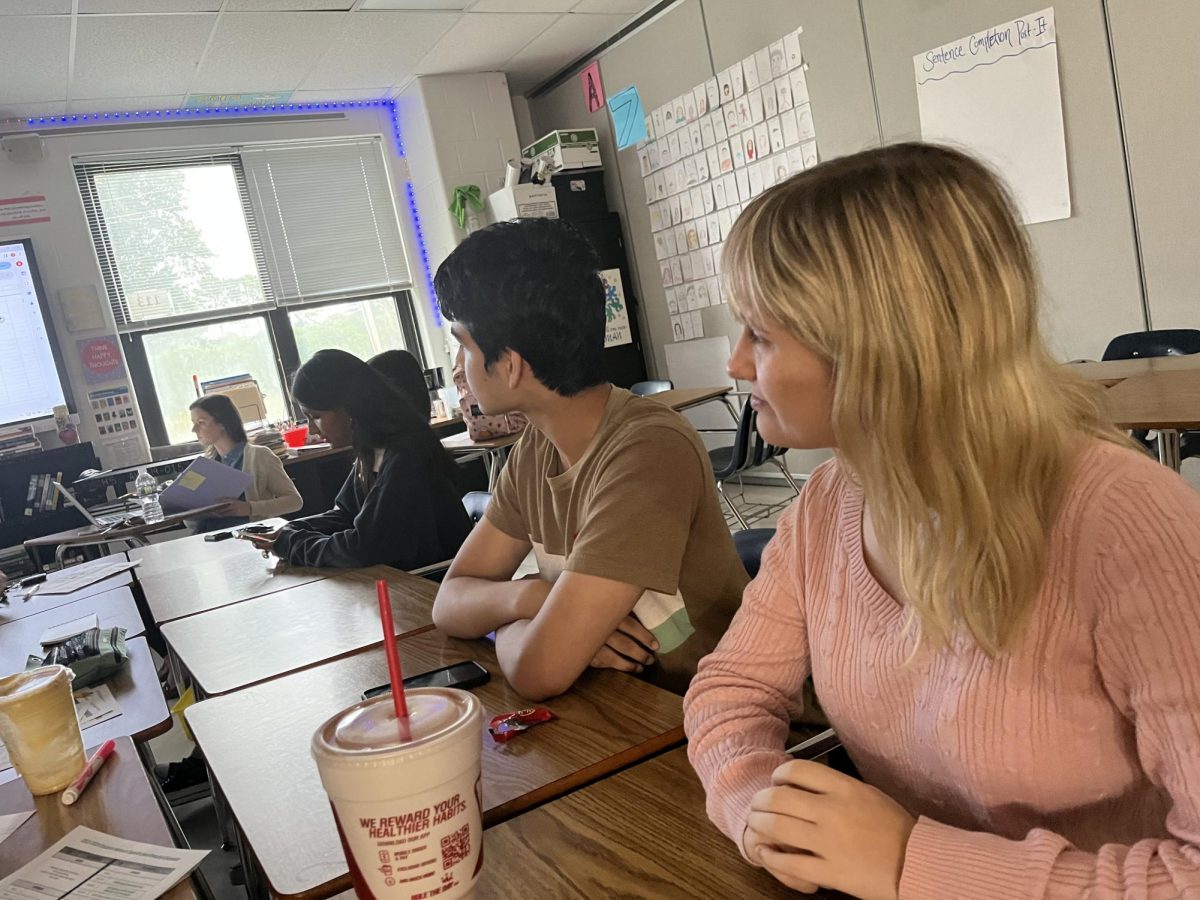Saint Louis is the largest metropolitan area in Missouri and among the most populated urban areas in the United States. It’s called the bright, bustling gateway of the West; however, poverty and crime is adamant in the community. Though aggressive crimes in St. Louis have reportedly been decreasing as of late, there has been a steady increase in poverty levels. Saint Louis County Police Lt. Tyler Edgecomb warns that these past few years have been the calm before the storm as the general income has been decreasing.
“Poverty is a driver for every crime, from shoplifting to things that you wouldn’t want to name,” Edgecomb said. “It’s a big deal. There’s a lot of factors responsible for poverty that, in the end, lead to a life of crime. Crimes can’t really stop happening until people get the help they need.”
According to Edgecomb, crime and criminals cannot always be viewed through a black and white lens. In most cases, shoplifters do not shoplift simply because they want to steal. In order for police to keep their respective communities safe, they must first make an effort to understand and offer help to members of the community who are in need.
“We have to get away from this ‘us versus them’, Edgecomb said. “Everybody can’t be a bad guy. We’re still trying to make repairs to relationships that were damaged 100 years ago. We [the police] need to focus on the needs of the community before any serious progress is made in terms of crime rate.”
Police departments around St. Louis are currently renovating the ways in which they collect data to give a more accurate depiction of what crime in the community looks like from a citizen’s point of view. As relationships in the community become more complex, crimes themselves also become more complex.
“We receive weekly reports with statistics that are utilized to refocus resources to problem areas,” chief of the Lake St. Louis Police, Chris DiGiuseppi said. “Through our system of data collection, we’ve enhanced more cooperative efforts with other police agencies to pool resources and tried to educate the public about public safety issues.”














![Project: Tim Holiday Special [Comic]](https://FHNtoday.com/wp-content/uploads/2024/12/Taliaferro_Project-Tim-11.13.24-1-1200x772.png)


![Kingsly [Comic]](https://FHNtoday.com/wp-content/uploads/2024/11/IMG_3737-1200x600.png)




